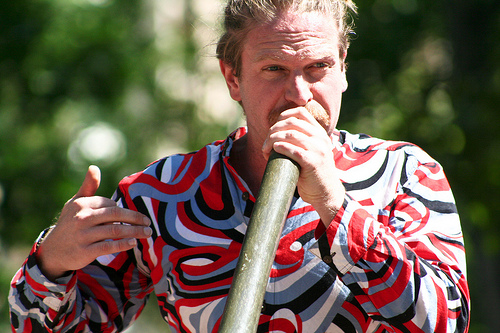Singing Dragon and Jessica Kingsley Publishers have recently started developing an exciting new line of comics and graphics novels and we are now open for submissions.
Singing Dragon publishes authoritative books on all aspects of Chinese medicine, yoga therapy, aromatherapy, massage, Qigong and complementary and alternative health more generally, as well as Oriental martial arts. Find out more on intl.singingdragon.com
JKP are committed to publishing books that make a difference. The range of subjects includes autism, dementia, social work, art therapies, mental health, counselling, palliative care and practical theology. Have a look on www.jkp.com for the full range of titles.
If you have an idea that you think would work well as a graphic book, or are an artist interested in working with us, here is what we are looking for:
Graphic novel or comic – Long form
We are looking for book proposals that are between 100 and 200 pages, black and white or colour, and explore the topics listed above or another subject that would fit into the JKP/Singing Dragon list. Specifically we are hoping to develop more personal autobiographical stories.
Here are the guidelines for submission:
- A one-page written synopsis detailing the plot/outline of the book, as well as short bios of all the creators involved.
- Character sketches of the main characters with descriptions.
- Solo artist/writers or writer and artist teams should submit 5 to 10 completed pages to allow us to get a sense of the pace, art style and writing.
- Solo writers will need to submit 10 to 20 pages of script as well as the one-page synopsis from point 1.
Comic – Short form
We have some shorter comic projects underway and are looking to expand the range of topics covered. These books can run from 20 to 40 pages, black and white or colour, with dimensions of 170x230mm. We are mainly looking for comics that provide ideas and information for both professionals and general readers.
For example, the first in this series, published by Singing Dragon, is a book exploring the latest developments in chronic pain research.
Here are the guidelines for submission:
- A one-page written synopsis detailing the narrative style and subject matter to be explored in the book. Also include short bios of all the creators involved.
- Solo artist/writers or writer and artist teams should submit 3 to 5 completed pages to allow us to get a sense of the pace, art style and writing.
- Solo writers will need to submit 5 to 10 pages of script as well as the one-page synopsis from point 1.
When submitting please provide low-res images and send them, along with everything else, to Mike Medaglia at mike.medaglia@jkp.com
If you have any other ideas that don’t directly relate to the subjects described above but you feel might still fit into the Singing Dragon or JKP list, please feel free to get in touch with ideas and enquiries on the email above.

